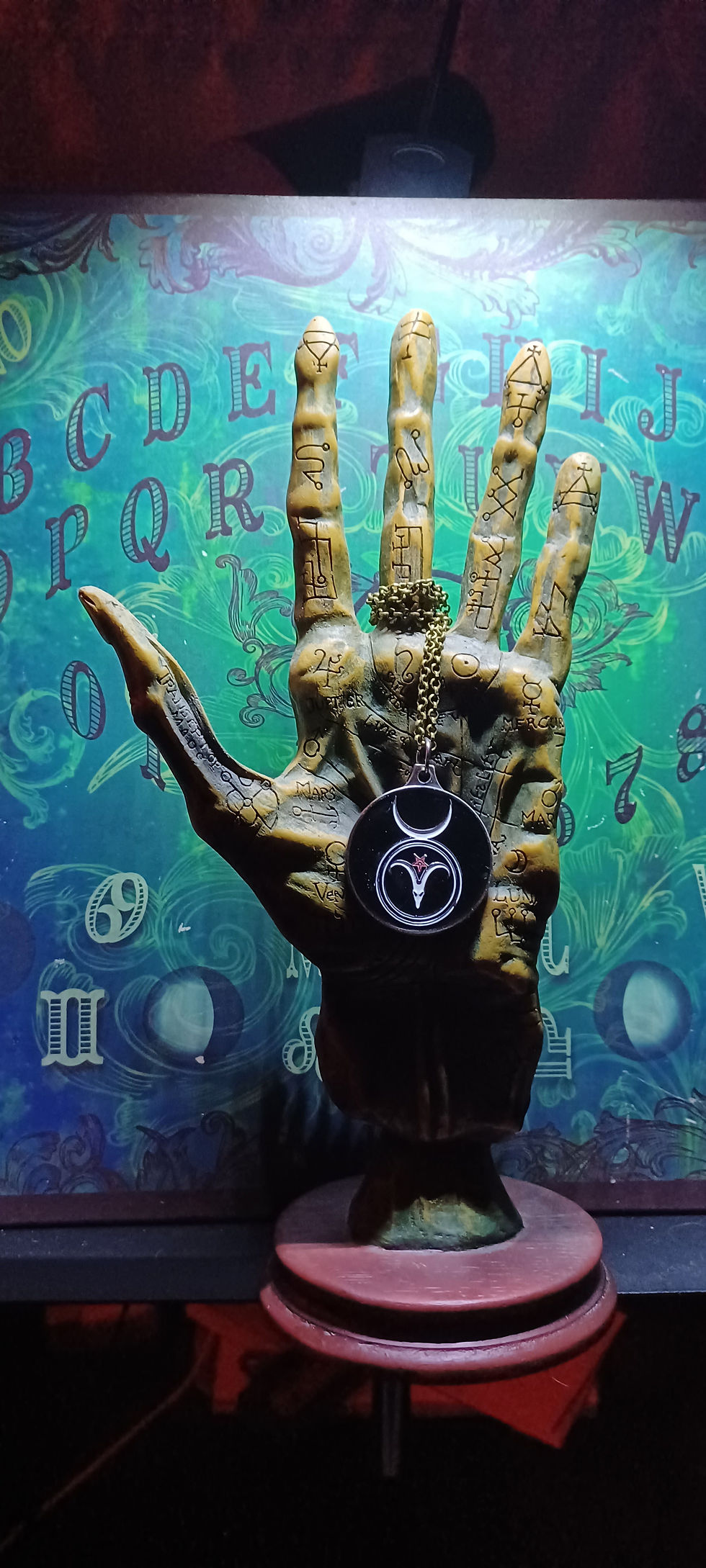SIGILLUM: From Seal to Sigil in Western Esotericism
- Etu Malku

- Aug 26
- 2 min read

Both sigil and seal derive from the Latin sigillum, itself rooted in signum, meaning “sign, mark, token.” Over time, however, the two terms developed distinct functions within magical philosophy and practice.
A seal in the grimoire tradition is a fixed and traditional emblem associated with a spiritual being (such as an angel, demon, deity, or planetary power). It functions as the official mark of identity and is employed to summon, bind, constrain, or license the entity. The seal’s authority is not derived from personal invention but from tradition, cosmological order, and the recognition of established magical “law.”
A sigil, in contrast, is typically a personalized magical symbol. It is created through the condensation or abstraction of names, words, or statements of intent, then charged with the Will of the practitioner. As such, a sigil represents the essence of the magician’s desire and operates as a symbolic mechanism for focusing intent, often serving as a psychological or neurological trigger for manifestation. In some grimoires, the distinction is less rigid: the personal emblem of a spirit may be referred to as a “sigil,” while its binding emblem of authority is termed a “seal.” This overlap accounts for the occasional ambiguity between the two concepts.
A useful historical example can be found in the works of John Dee (1527–1608). Dee’s Sigillum Dei Aemeth was a complex magical design revealed through his scrying sessions with Edward Kelley. Although termed a sigillum, it functioned as a seal of authority, serving as a protective and binding emblem during angelic operations. By contrast, the Ars Goetia of the Lemegeton presents the seals of the seventy-two spirits, each of which functions as the spirit’s formal mark of identity, required for summoning and control. These examples illustrate how the terminology could shift, yet the functional distinction between personal symbol (sigil) and emblem of authority (seal) remained operative.
A second illustration comes from The Key of Solomon, where the planetary seals are distinct geometric emblems associated with celestial intelligences. These seals are not created by the magician but are preserved by tradition and believed to embody the lawful authority of planetary powers. In later magical systems, by contrast, magicians often developed personal sigils, symbols derived from names or statements of intent, which served not as seals of authority but as vehicles of personal Will and psychological engagement.
Together, these examples highlight the essential divergence: the seal is a traditional and authoritative emblem recognized within a cosmological framework, whereas the sigil is a personalized symbolic device rooted in the intent and Will of the practitioner.


